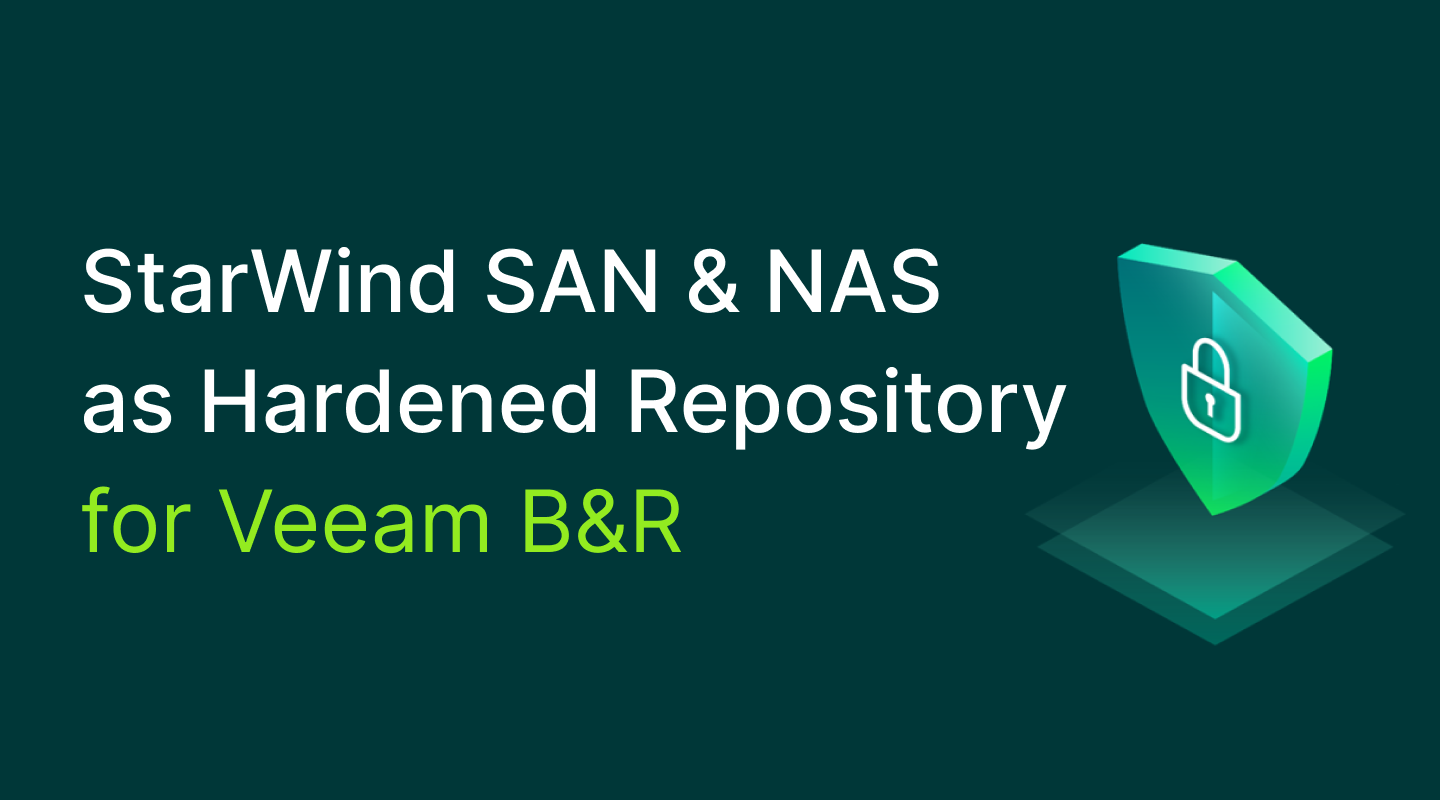Ransomware is a global threat, and the best answer to it is to have immutable backups. Veeam’s Hardened Backup Repository is an efficient and cost-effective solution, but it can require some effort to configure. StarWind simplifies the process, allowing you to easily set up an immutable backup repository with just a few clicks.



